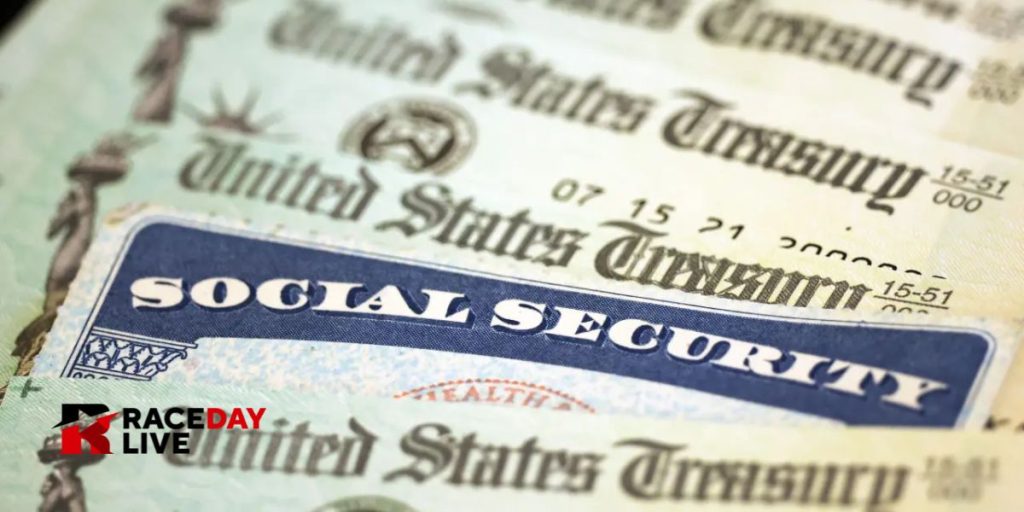Race Day Live (Los Angeles, CA) – President Joe Biden signed the Social Security Fairness Act into law, marking the first significant expansion of Social Security benefits in 20 years. The legislation eliminates two controversial provisions—the Windfall Elimination Provision (WEP) and the Government Pension Offset (GPO)—which had reduced benefits for many public sector retirees.
Biden emphasized the importance of the bill, stating, “Americans who have worked hard all their lives should be able to retire with economic security and dignity.”
Key Highlights of the Social Security Fairness Act
| Aspect | Details |
|---|---|
| Provisions Removed | – Windfall Elimination Provision (WEP) – Government Pension Offset (GPO) |
| Who Benefits | Nearly 3 million public sector workers, including: – Police officers – Firefighters – Teachers – Nurses – Postal workers |
| Average Monthly Increase | $360 per recipient |
| Lump Sum Payments | Compensation for last year’s missed benefits, totaling “thousands of dollars” for some retirees |
| Cost Over 10 Years | $196 billion, as estimated by the Congressional Budget Office |
| Effective Date | Pending implementation by the Social Security Administration (SSA) |
Impacts of the Bill

Improved Benefits
The bill primarily benefits public sector workers who had been penalized due to “non-covered” pension income.
The WEP previously reduced Social Security benefits for individuals earning non-covered pension income from jobs like state and local government roles. The GPO cut spousal and survivor benefits for individuals with non-covered pensions.
Read More – Social Security Benefits for Immigrants: The 7-Year Rule You Need to Know About
Cost-of-Living Adjustment (COLA)
The legislation follows a 2.5% COLA increase in Social Security benefits for 2025.
Broad Support
Senate Majority Leader Chuck Schumer praised the bill as a “great gift” to retired public servants, ensuring a fair and well-earned retirement.
Controversies Surrounding the Act
While many have welcomed the Social Security Fairness Act, some critics voiced concerns:
- Unfair Benefit Distribution: Opponents, including Sen. Chuck Grassley, argue the bill creates inequity by favoring certain workers.
- Financial Risks to Social Security Fund: Critics like Sen. Thom Tillis warned the bill could hasten insolvency of the Social Security trust fund, projected to run out within the next decade.
Must Read – Attention 66-67-Year-Olds: $3,822 Social Security Payments Arriving Soon – Check Your Eligibility
Next Steps and Implementation
The Social Security Administration (SSA) is currently evaluating the implementation process. Key updates include:
- For Current Beneficiaries: No action is required, but individuals should ensure their mailing address and direct deposit information are up to date.
- For New Applicants: Individuals can file online or schedule an appointment with the SSA.
What This Means for Retirees
Millions of public sector workers will see increased monthly benefits and lump sum payments, addressing years of reduced assistance. While the bill’s long-term impact on the Social Security trust fund remains a topic of debate, its immediate effects provide relief to retirees who have served in public service.
Residents are encouraged to monitor updates from the SSA for further details on when they can expect these benefits.

